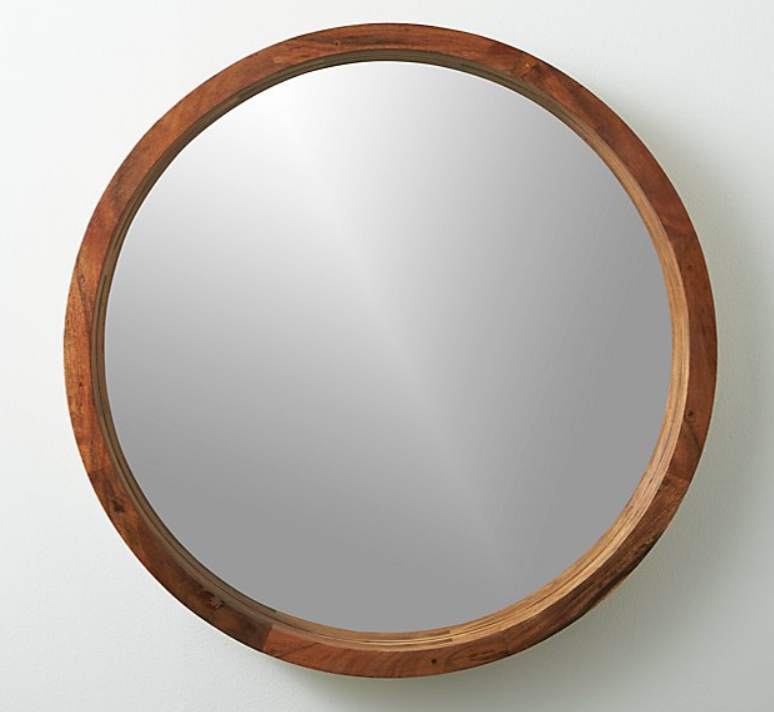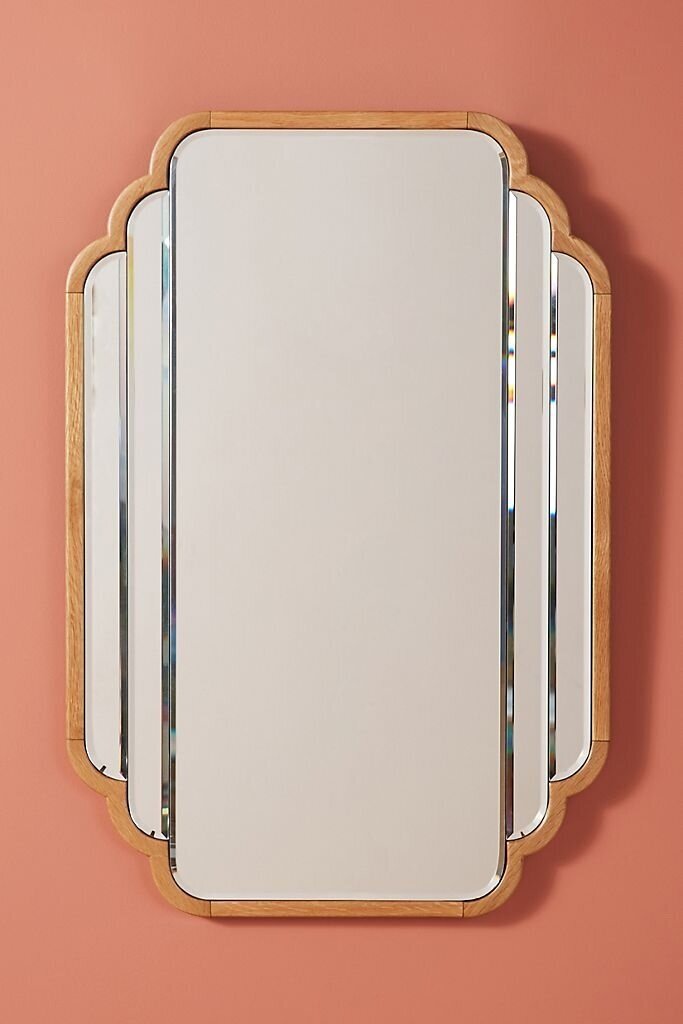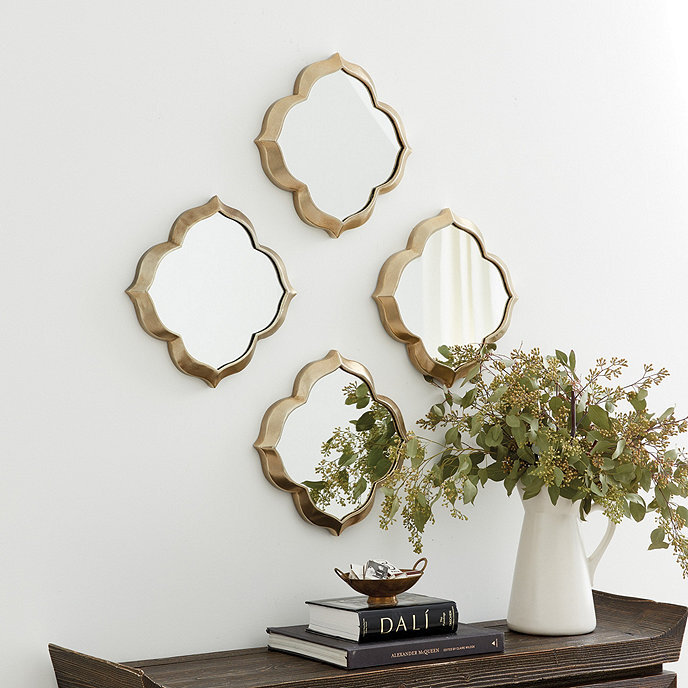Quarantine Refresh Tip #1: Mirrors
Let’s begin our deeper dive into Quarantine Design Refresh Tip #1 — Mirrors. While there are many options when it comes to filling your home’s wall space, mirrors are one of my favorites. With their ability to reflect light and make rooms feel larger, mirrors can work for nearly any room of your home. Yet, there are a number of things you should take into consideration when designing with mirrors.
Size and Shape
Let’s look at the wall size and shape. This will help you determine the ideal size and proportions for your mirror. For instance, if you have a long rectangular wall, then mimicking the architecture with a long rectangular mirror will help maintain the scale of the wall and mirror in proportion to one another. On the other hand, if you have a tall narrow wall, you would want to hang a slim mirror or perhaps a set of three smaller mirrors stacked on top of each other.
If you are placing a mirror above a mantel, we suggest using a fairly large mirror that is tall and in proportion to the fireplace, but not wider than the mantel. You could also anchor the mirror by adding wall sconces or tall vases on each side to create a vignette. (And who doesn’t love a good vignette?) Rectangular or square mirrors tend to work well for spaces with wall molding, such as dining rooms, allowing the decorative molding and mirror to complement one another. Where mirrors are placed above a boxy piece of furniture such as a chest, a circular, oval or arched mirror works nicely to soften the hard lines and corners.
Focal Points
Remember, design is like an orchestra and not every instrument can play a solo. Take into account the other decorative elements within the space and decide what part you want the mirror to play. If the mirror is the focal point, then you can look for a more decorative piece, perhaps with a gold and acrylic finish, a faceted frame, or an antique with beautiful molding. On the other hand, if the mirror is being used to compliment a vintage console or entry table, consider a simple mirror with a smaller frame to contrast and not compete with the furniture. You want to avoid creating a vignette where your eye is unable to focus or find the harmony within a design.
Placement
Let’s look to the principles of feng shui for guidance on mirror placement. Feng shui is an ancient Chinese concept based on the idea of chi, or energy flow, which can be harnessed to create harmony within your home. Feng shui principles state not to place a mirror directly over a bed or on a wall that reflects you in bed. This makes sense because hanging a heavy object right above your head may make you feel less safe while sleeping. Plus, who wants to see themselves in the mirror when they first wake up? Feng shui experts also advise against placing mirrors on a wall facing an exterior door, as well as in the kitchen.
At the same time, hallways and dining rooms are ideal locations for mirrors. According to the feng shui tradition, dining rooms are associated with wealth (and mirrors multiply this wealth), while hallways encourage the movement of chi. In addition, these are generally nice, clutter-free areas. As discussed in our previous post, you want to avoid hanging mirrors where they will reflect an undesirable view, like a messy bookcase or the entrance to your laundry room.
Mirror Styles
Here are some of my favorite mirrors, which are beautiful, unique and at varying price points.













